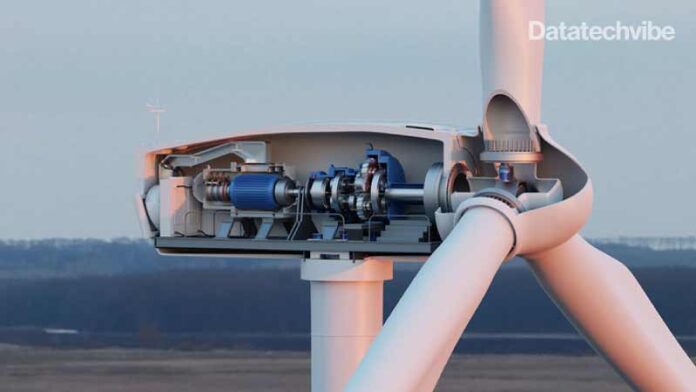Altair, a leader in converging simulation, HPC, and AI, announced significant enhancements to its integrated portfolio of simulation and design tools.
This update to Altair’s simulation software suite is focused on accelerating simulation-driven design and unleashing the power of AI by embedding augmented intelligence in the broadest possible range of computer-aided engineering (CAE) tools.
“The latest release of our simulation solutions embodies Altair’s position at the sweet spot of converging simulation, HPC, and AI. For engineers, designers, and simulation specialists, this release fosters exploration, innovation, and collaboration,” said James R. Scapa, founder and chief executive officer, Altair.
Enhancing simulation-driven design
Simulation 2021.2 takes simulation-driven design to the next level. Simplified modeling workflows offer even faster design iterations, resulting in optimal, manufacturable designs earlier than ever in the development cycle. Enhancements include:
- Parametric feature-based modeling and simulation workflow – Altair® Inspire makes geometry modeling and editing accessible to all designers and engineers, even if they do not have time or access to traditional computer-aided design (CAD) tools. A robust history-based CAD modeling approach ensures creation and modification of geometry is quick and easy.
- Ability to perform what-if studies faster and more easily – Altair’s high-end solvers powering Inspire encourage wider collaboration and extend to flexible bodies for motion analysis and even faster integration with Altair SimSolid, facilitating rapid analysis of large assemblies.
- A comprehensive Python-based API – More than 500 documented, running examples enable fast automation and customisation of simulation-driven design and manufacturability workflows.
Simulation 2021.2 combines computationally efficient reduced order models and detailed CAE analysis with process automation of labour-intensive tasks. Users can now build mixed fidelity models with the appropriate complexity to help faster decision making.
A major development includes Altair Pulse, a new tool that orchestrates meaningful models from the broad workflows required to simulate complex systems of systems to the focused workflows needed to enable fast, reliable, and repeatable modeling, analysis, and optimization. Across the entire product development lifecycle, Pulse accelerates decision-making, and inspires greater confidence in the process.
Also Read: This Is How AI Will Accelerate The Energy Transition
Key features and capabilities include:
- A digital thread that drives script consolidation, process commonisation, and data traceability for simulation key performance indicators (KPIs) across the enterprise and throughout the product life cycle.
- Digitising best practices to increase team efficiency and analysis consistency, while reducing procedural errors and non-value-added time. More effort can be invested in using simulation to inform performance targets, evaluate attribute trade-offs, and explore what-if scenarios.
- Boosting efficiency by using multiple scripting languages to eliminate repetitive tasks across applications, even for complex processes.
AI-driven design, augmented intelligence, and predictive analytics all contribute to broader collaboration, faster design convergence, and greater product innovation. Machine learning (ML) algorithms in this solution suite are leveraged in three main areas:
- Augmenting existing products with AI – Beginning with the modeling and visualization products, the latest release of Altair HyperWorks includes features like shapeAI, which applies ML to quickly find and classify parts by shape inside geometry files or finite element meshes.
- Adding AI power to product design – Altair HyperWorks’ Design Explorer enables easy set-up and execution of design of experiments (DOE) and optimisation studies and deploys ML models to provide real-time field predictions for any design change.
- Leveraging field data across the entire product lifecycle – With new tools like signalAI, ML can interpret field data to prevent product failures when the data shows health deterioration and predict the effects of environmental changes in real time.
“Leveraging new capabilities enriched by AI, we are liberating users from tedious and repetitive tasks, and enabling them to run more what-ifs and design iterations,” said Scapa. “By supporting better decision making at the earliest possible opportunity, Altair is once again accelerating and optimising design and manufacturing outcomes.”









